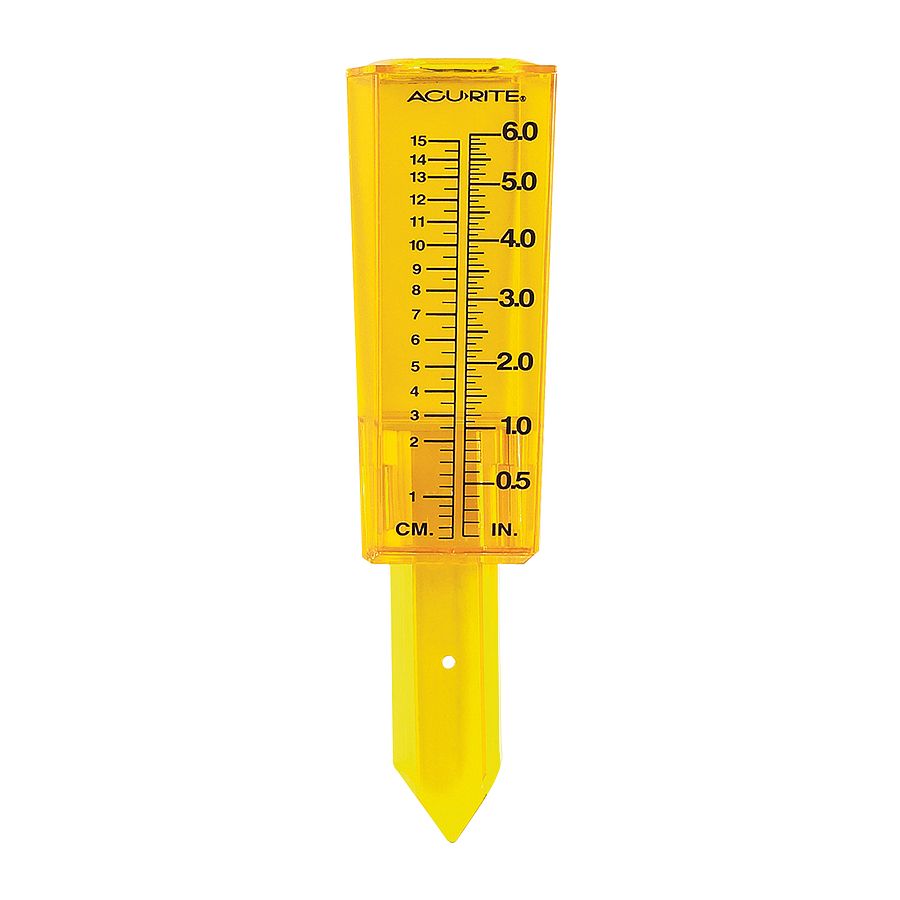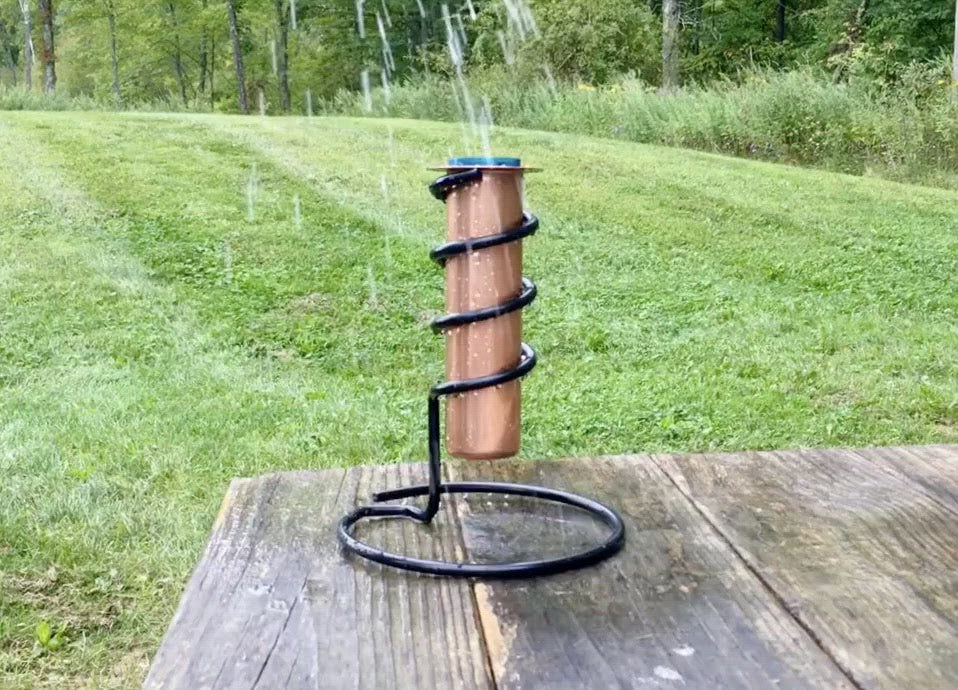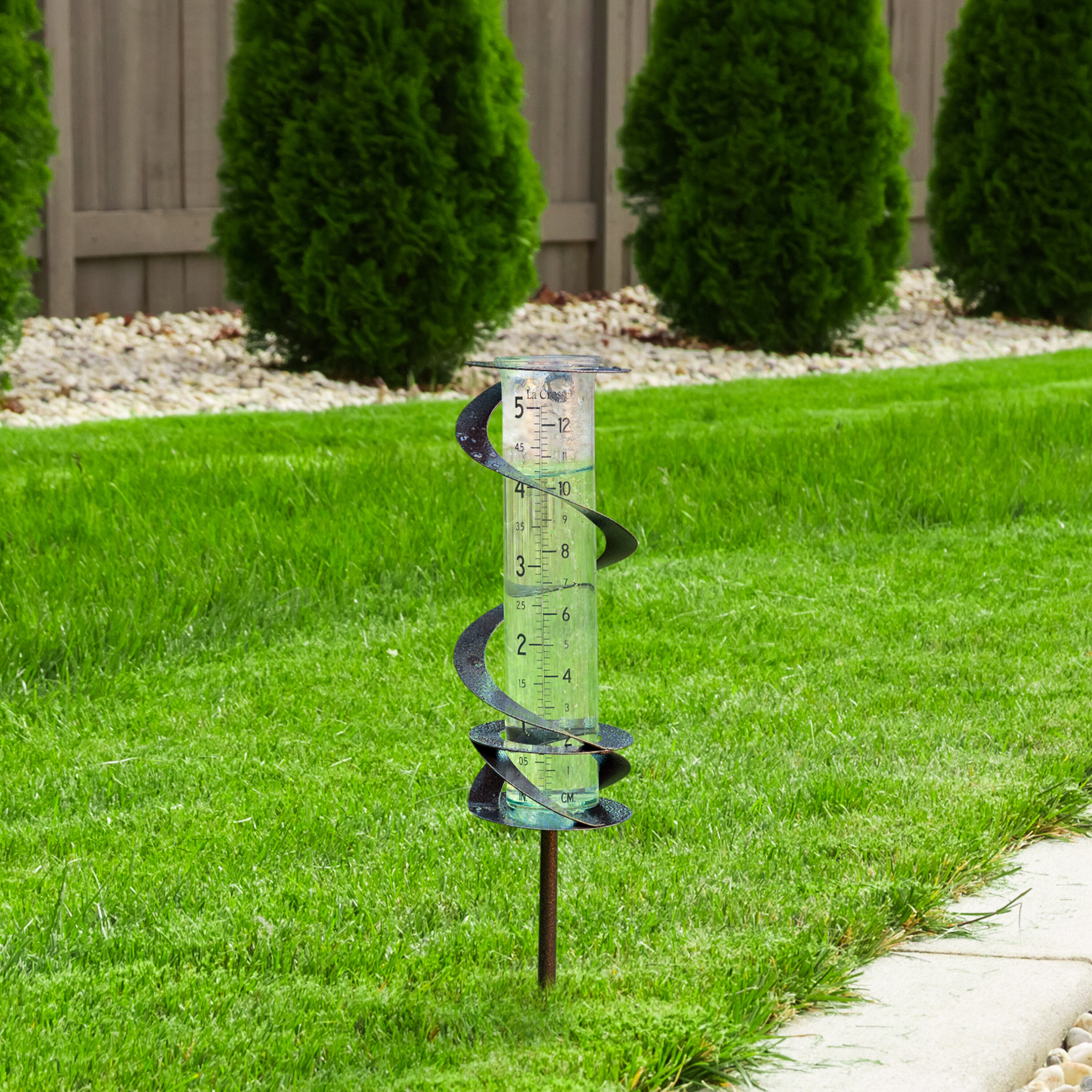The Rain Gauge: Empowering Areas with Exact Rainfall Information
The Rain Gauge: Empowering Areas with Exact Rainfall Information
Blog Article
Exactly How to Pick the Right Rain Scale for Accurate Rain Information
Precise rains data is important for various sectors and activities, such as water, agriculture, and meteorology resource monitoring. To get reputable dimensions, it is vital to select the appropriate rain gauge. This overview aims to give valuable insights right into the option procedure, allowing you to make informed choices. Considering factors such as area, type, and accuracy of the rain gauge will help make certain precise data collection. In addition, comprehending the upkeep and calibration treatments will add to the durability and integrity of your rain gauge. By following these guidelines, you can make sure accurate rainfall information, enabling far better decision-making and preparation for numerous applications.
Value of Selecting the Right Rain Scale
The value of choosing the best rain scale hinges on obtaining precise and reliable rainfall information for precise atmospheric analysis. Rainfall information is essential for a variety of applications, including weather condition forecasting, hydrological modeling, and climate study. Unreliable or unstable information can result in wrong verdicts and flawed decision-making procedures.

Second of all, the precision and accuracy of the rain gauge are vital. The scale ought to be able to measure rainfall with high precision, recording also little amounts of precipitation precisely. It needs to likewise reduce mistakes because of dissipation, wind, and other environmental aspects. Regular calibration and maintenance are important to make certain recurring precision.
Moreover, the area and setup of the rain gauge are essential factors to consider. It ought to be put in an open location, far from blockages that can impact rains dimensions. The gauge ought to be positioned at a proper height and angle to stay clear of splashing and make certain correct catchment of rain.
Factors to Consider When Picking a Rain Gauge
When choosing a rain scale, there are numerous vital variables to take into consideration. These variables can considerably impact the accuracy and reliability of the rains data accumulated. The first aspect to take into consideration is the sort of rainfall gauge. There are various kinds readily available, consisting of typical rain evaluates, tipping bucket rainfall assesses, and weighing rain assesses. Each kind has its own benefits and negative aspects, so it is very important to pick one that ideal matches your certain demands and needs.
An additional factor to consider is the product of the rainfall gauge. Rainfall assesses can be constructed from different materials, such as glass, metal, or plastic. The product picked should be immune and long lasting to weather problems, making sure that the rainfall gauge will withstand the elements and give exact measurements in time.
Accuracy is also a vital element to think about. Look for rain assesses that have been adjusted and evaluated for accuracy. Attributes such as anti-splash rings and funnels can also improve the precision of the dimensions.

Lastly, consider the environment and atmosphere in which the rainfall gauge will certainly be made use of. Various rainfall evaluates are ideal for various environments, so it is essential to choose one that is ideal for the conditions in your area.
Various Kinds Of Rain Evaluates Offered
To even more explore the aspects to consider when picking a rainfall scale, it is essential to recognize the various kinds of rain determines readily available. The most typical type is the typical rainfall scale, additionally understood as the cylindrical rain gauge.
One more sort of rainfall scale is the tipping pail rain scale. This gauge uses a seesaw-like mechanism to gather and gauge rains. As the rain falls under the gauge, it fills out one side of the container, causing it to clear the water and tip. The number of ideas is counted wikipedia reference digitally to identify the amount of rains. Tipping bucket rainfall determines are popular for their precision and capacity to measure rainfall intensity.
A third type of rainfall scale is the considering rainfall scale. As the rainfall drops into the gauge, it is accumulated in a container connected to an equilibrium.
Ultimately, there are additionally remote rainfall gauges that use progressed innovation to gauge rainfall (The Rain Gauge). These gauges usage sensors and transmitters to send data wirelessly to a central system. Remote rainfall assesses are practical for keeping track of rains in hard-to-reach locations or for large data collection
How to Establish the Accuracy of a Rainfall Gauge
One method to evaluate the accuracy of a rain gauge is by carrying out normal calibration dimensions. Calibration involves contrasting the readings of a rainfall gauge to a basic dimension, such as a qualified rainfall scale or a weather station with high accuracy. By contrasting the measurements, any discrepancies or errors in the rain gauge can be identified and represented.
To carry out a calibration measurement, start by collecting rains data from both the rainfall scale and the common measurement device over a details time period, such as a month. Compare the analyses and calculate the difference in between them. This distinction is referred to as the calibration mistake.
It is vital to keep in mind that calibration measurements should be carried out consistently, as environmental elements, such as temperature level, debris, and wind, can impact the accuracy of the rain gauge in time. By performing regular calibrations, any type of adjustments in the accuracy of the rain gauge can be spotted and modifications can be my response made as necessary.
Along with calibration, it is likewise recommended to clean and preserve the rainfall gauge regularly to guarantee its accuracy. Eliminate any debris or obstructions that may affect the accuracy of the dimensions, and look for any type of signs of damages or wear that may need repair services or substitute.
Tips for Preserving and Calibrating Your Rainfall Gauge
Regular maintenance and calibration are vital for ensuring the accuracy and integrity of your rain scale in gauging rainfall data helpful site (The Rain Gauge). By adhering to a few easy suggestions, you can make certain that your rainfall scale is correctly maintained and adjusted
To start with, it is very important to cleanse your rainfall gauge consistently to prevent any type of debris or dust from blocking the rain collection device. Use a light cleaning agent and a soft brush to carefully cleanse the inside and exterior of the gauge. Wash it extensively with tidy water and allow it to completely dry completely prior to reinstalling it.
Second of all, it is suggested to adjust your rain scale at the very least annually. Calibration involves contrasting the dimensions of your rainfall scale with those of a relied on and accurate reference scale. This will certainly help you determine and fix any potential errors in your rain scale's dimensions.
To calibrate your rain scale, accumulate a recognized volume of water using a measuring container and contrast it with the measurements taped by your rainfall gauge. Change the readings accordingly to guarantee accuracy.

Verdict
In conclusion, picking the right rain gauge is vital for getting exact rainfall data. When choosing a rain scale, factors such as objective, budget plan, and area should be thought about. There are various types of rain gauges offered, each with their own benefits and limitations. It is very important to consistently preserve and adjust your rain scale to ensure its accuracy. By adhering to these standards, precise rains data can be obtained for numerous applications.
There are various kinds readily available, including typical rainfall gauges, tipping bucket rain determines, and considering rain gauges.To further explore the elements to consider when choosing a rainfall scale, it is essential to comprehend the different types of rainfall determines offered. The most typical kind is the conventional rain scale, also recognized as the round rain scale.One more kind of rainfall gauge is the tipping container rainfall scale. Calibration involves contrasting the readings of a rain scale to a conventional measurement, such as a certified rain gauge or a climate terminal with high precision.
Report this page